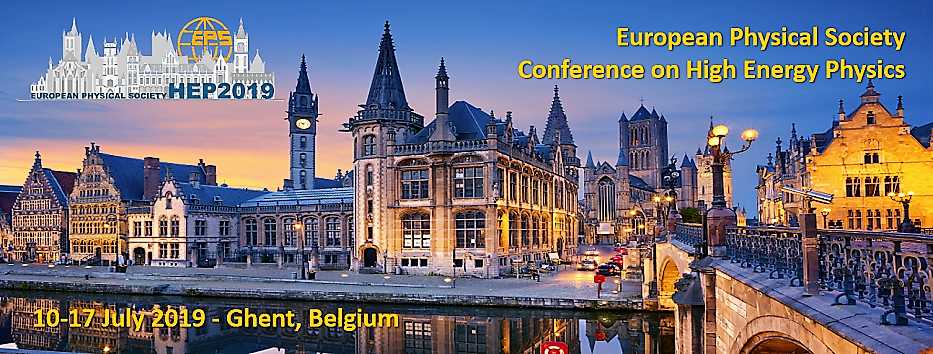Speaker
Description
Heavy quarks are particularly useful probes to investigate the properties of the Quark-Gluon Plasma produced in heavy-ion collisions at the LHC, since they are produced on a shorter timescale than that of the hot fireball. To single out the signals that are characteristic of the QGP, it is nevertheless crucial to understand the primordial heavy-quark production in vacuum, i.e. in inelastic proton-proton collisions, and to disentangle hot from cold-nuclear matter effects with p-Pb collisions. Moreover, observations of collective effects in high-multiplicity pp and p-Pb collisions show surprising similarities with those in heavy-ion collisions. The measurement of heavy-flavour production in such collisions could give further insight into the underlying physics processes.
The heavy-flavour production can be studied with electron-positron pairs from correlated semileptonic decays of heavy-flavour hadrons. Compared to single heavy-flavour measurements, the dielectron yield contains information about the initial kinematical correlations between the charm and anti-charm quarks, which is otherwise not accessible, and is sensitive to soft heavy-flavour production. Therefore dielectron measurements can give further constraints on Monte-Carlo (MC) event generators and models aiming to reproduce the heavy-flavour production.
In this talk, we will present results on correlated e$^{+}$e$^{-}$ pairs in pp collisions recorded by ALICE at different energies. The production of heavy quarks will be discussed by comparing the yield of dielectrons from heavy-flavour hadron decays as a function of invariant mass, pair transverse momentum and distance of closest approach to the primary vertex with different MC event generators. The heavy-flavour production cross sections, extracted from the data, will be presented. Results from high-multiplicity pp collisions at $\sqrt{s}$ = 13 TeV and the status of the p-Pb analysis at $\sqrt{s_{\rm NN}}$ = 5.02 TeV will be reported as well.
